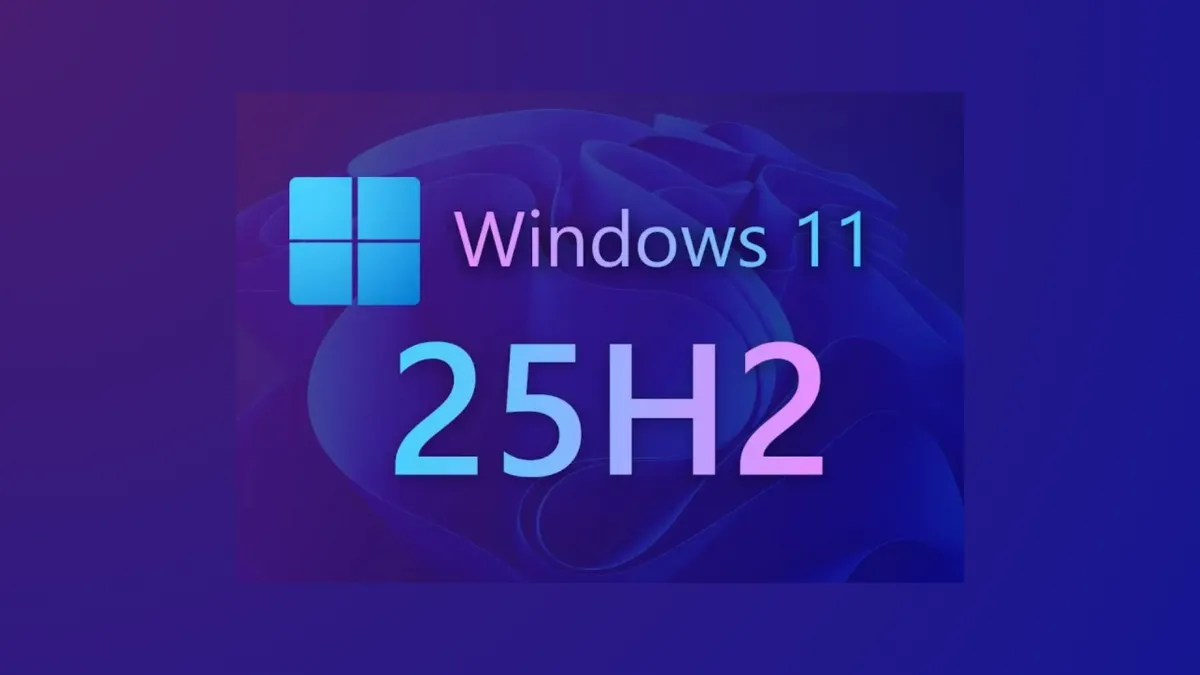Microsoft’s shift to the Windows 11 25H2 update marks a pivotal change in how major feature upgrades are delivered. Instead of lengthy, disruptive installations, the new approach leverages a shared servicing branch and enablement packages to activate new features with a single restart. This change aims to address widespread frustration over the cumbersome 24H2 rollout and reduce downtime for both enterprise and home users.
How the 25H2 Update Process Works
Windows 11 25H2 departs from the full code swap method used in earlier updates. Previously, major upgrades like 24H2 required downloading several gigabytes of data and essentially reinstalling the operating system—a process that could take over an hour, especially on older hardware. The new system instead uses an enablement package (eKB), which functions as a small switch to activate already-downloaded, dormant features.
Here’s how the process unfolds:
Step 1: Windows 11 version 24H2 devices receive monthly cumulative updates (LCUs) that quietly download and stage new 25H2 features in a disabled state. This means the code for upcoming features is already present on your machine, but not yet active.
Step 2: Once the 25H2 update is ready, Microsoft pushes out a small enablement package (eKB). This package doesn’t contain the full update; instead, it simply flips the necessary switches to turn on the new features that were previously staged.
Step 3: After installing the eKB, a single system restart activates the new version. The process closely resembles a routine monthly update rather than a disruptive OS overhaul.
To verify the update, users can check their current version and OS build number under Settings > System > About.
Direct Benefits for Users
The enablement package model brings several concrete improvements:
- Update package sizes are reduced by about 40 percent compared to full reinstalls, minimizing download times and bandwidth usage.
- Upgrade downtime drops to the duration of a single restart, rather than requiring users to wait through lengthy installations.
- Compatibility concerns are eased since 24H2 and 25H2 share the same underlying codebase. Only the newly activated features require testing, which streamlines validation for IT teams and reduces the risk of breaking existing applications or drivers.
- For organizations, the support lifecycle resets with the 25H2 update—36 months for Enterprise and Education, 24 months for Pro and Home editions—offering a fresh window for stability and security updates.
What’s New in 25H2?
While Microsoft has not published a comprehensive list of new features for 25H2, the company confirms that any new capabilities are staged in advance and will be enabled as part of the upgrade. Some early Insider builds hint at minor tweaks, such as adjustable sound bar locations, but most significant changes remain under wraps until the final release.
Notably, this update is designed to avoid the instability and compatibility issues that plagued 24H2. By focusing on a shared servicing branch, Microsoft aims to deliver a more reliable experience, with fewer unexpected bugs or device blocks.
Upgrading from Older Versions
For devices running versions earlier than 24H2, the path to 25H2 isn’t quite as seamless. These systems will need to undergo a full feature update—effectively a larger, more time-consuming process similar to previous major upgrades. Microsoft recommends first updating to 24H2 to take advantage of the streamlined transition to 25H2 when it becomes available.
Switching to Windows 11 25H2 promises to make future upgrades much less disruptive, with a focus on speed and reliability—welcome news for anyone tired of lengthy, unpredictable update cycles.


